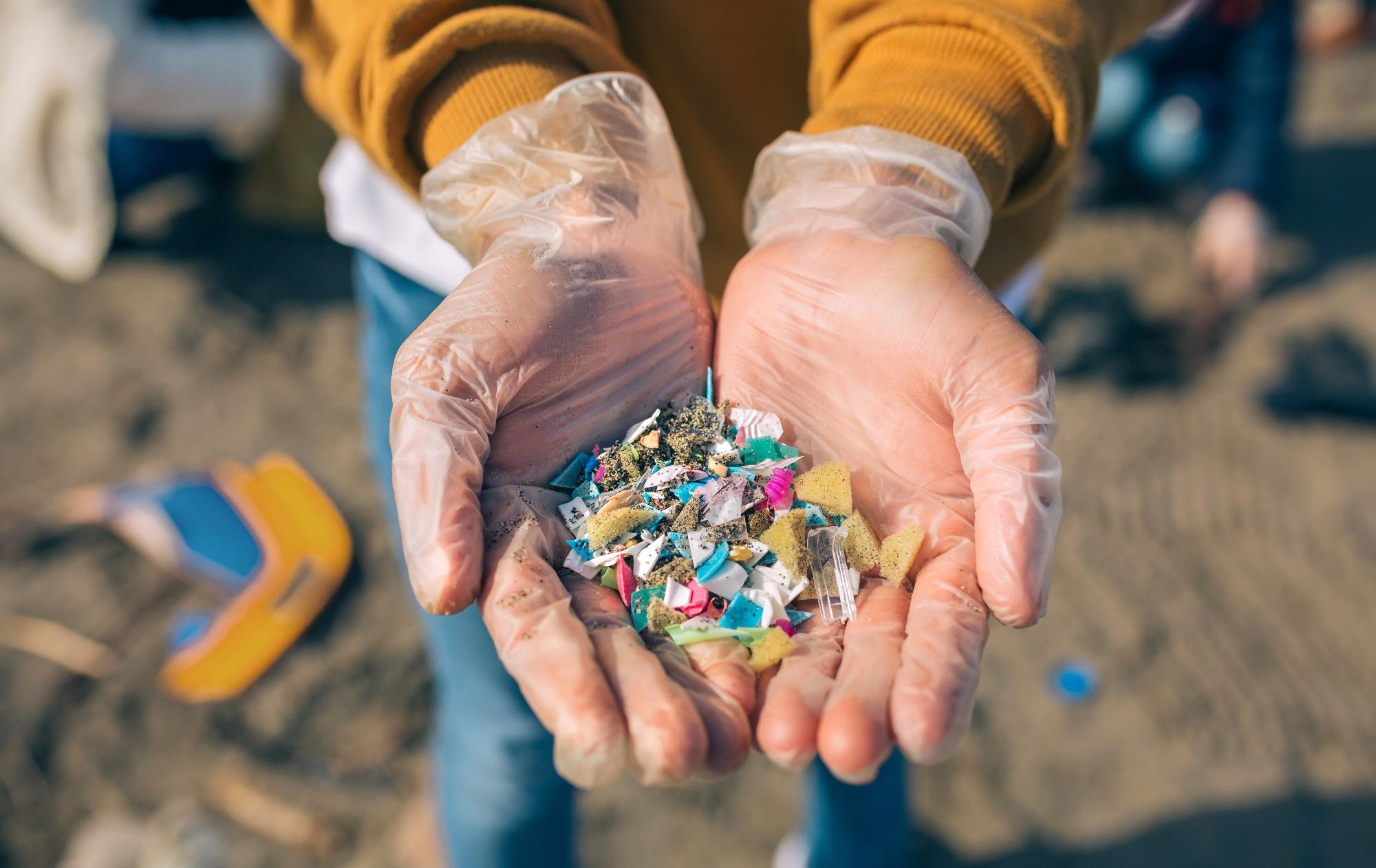A study indicates that floating microplastics from European rivers might be gathering in parts of the Arctic Ocean, the Nordic Seas and the Baffin Bay.

Image Credit: Shutterstock.com/ David Pereiras
The study has been reported in the Scientific Reports journal.
Early reports have revealed the existence of high concentrations of microplastic particles across the Arctic Ocean. But the source of such microplastics and where they house has been obscure.
With the help of simulations of floating microplastic movements, Mats Huserbråten and collaborators integrated models of ocean currents between 2007 and 2017. The researchers simulated the liberation of microplastics from 21 significant rivers throughout northern Europe and the Arctic day-to-day for more than a decade and modeled their movements for a few decades.
Furthermore, the scientists compared the outcomes of their model with the distribution of floating microplastics throughout 121 seawater samples. These samples were gathered from 17 sites off the west coast of Norway between May 2017 and August 2018.
The authors discovered that, upon being released from rivers, the majority of the simulated particles drifted alongside two main pathways. Around, 65% was drifted along the Norwegian coast towards the Laptev Sea — situated north of Russia — before being shifted into the Arctic Ocean, across the North Pole, and further exiting the Arctic Ocean through the Fram Strait — situated east of Greenland.
Around 30% of the simulated particles were drifted along the Norwegian coast before moving southwards through the Fram Strait and then along the east and south coasts of Greenland prior to traveling further south along the northeast coast of Canada.
Following two decades of simulations, the scientists were able to determine clear areas where floating microplastics were housed. These were in the Nordic Seas, the Nansen Basin in the Arctic Ocean, the Barents Sea, the Laptev Sea — located between the Arctic Ocean and North Russia — and the Baffin Bay. It is situated between Greenland and Canada.
Assays of seawater samples disclosed that the distribution of floating microplastics was persistent with that forecasted by the authors’ model after a decade of simulated microplastic release and following circulation through the Arctic Ocean, the Nordic Seas and the Fram Strait. This denotes that floating microplastics might have been circulating across the Arctic for at least a decade.
The authors recommend that the circulation of floating microplastics could have impacts on the health of Arctic ecosystems. The findings stress the significance of better plastic waste management, added the researchers.
Journal Reference:
Huserbråten, M. B. O., et al. (2022) Trans-polar drift-pathways of riverine European microplastic. Scientific Reports. doi.org/10.1038/s41598-022-07080-z